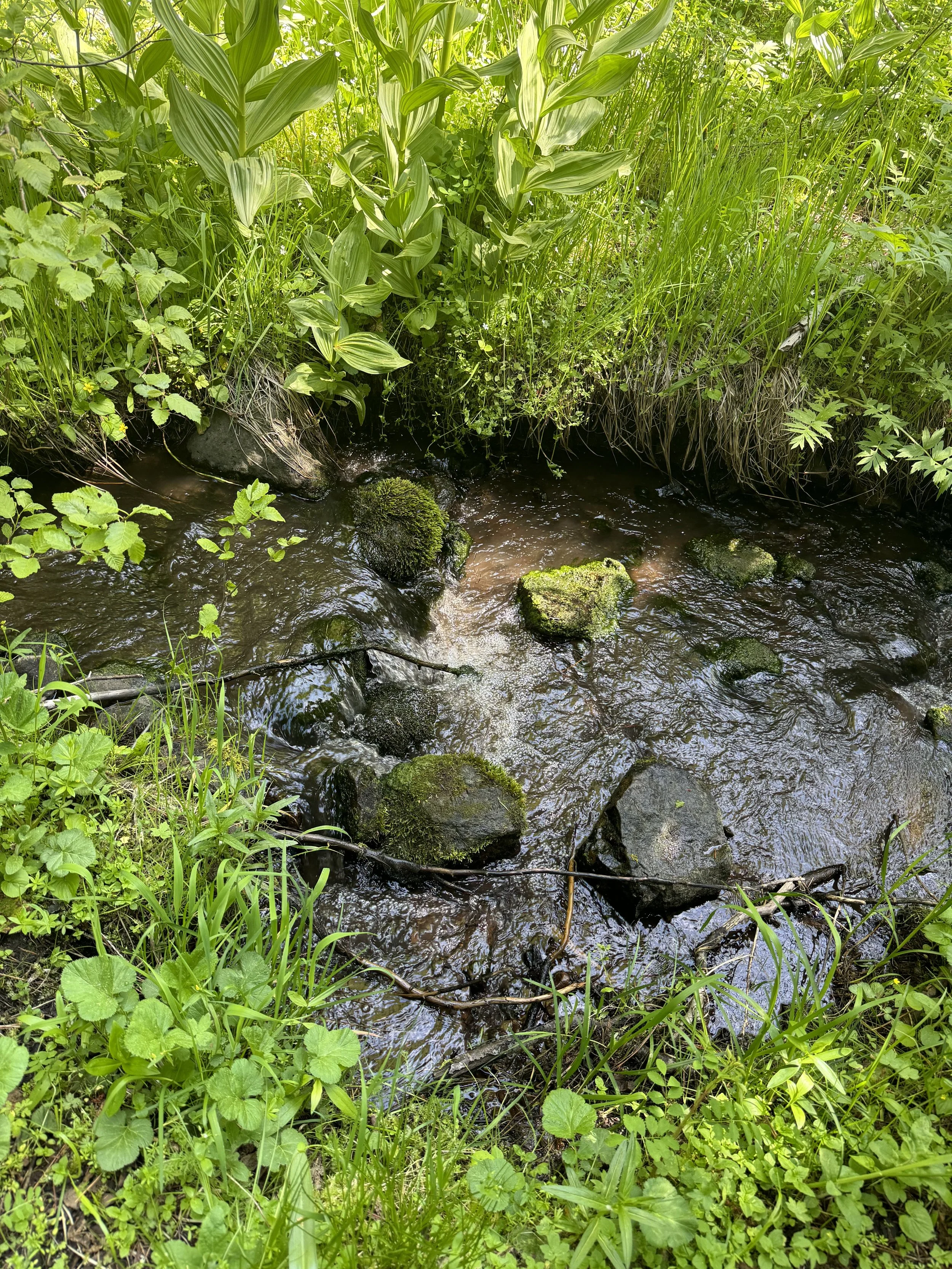By Zaynab Brown
On Saturday, June 1st, 2024 almost 50 volunteers converged at Pinehurst School in the Cascade-Siskiyou National Monument. This nature-loving group, made up of students, professionals, and retirees aged 19 - 80 years, was there for one purpose: to look for signs of beavers.
While Oregon might be considered the Beaver State, beavers are conspicuously absent in many of our local waterways, including the Cascade-Siskiyou National Monument. Waterways under beaver management not only create vibrant and healthy habitats for wildlife, but result in improved water quality and quantity, better climate resilience, and wildfire protection for humans. However, as is the case with many broken things, the process of destroying it is often easier than putting it back together. The same can be said for getting beavers back into the Monument.
Despite the Monument supporting a vibrant beaver population for millennia, rampant trapping for economic gain by European colonists severely decimated their population throughout the American West. As time passed and harvesting beaver pelts no longer provided financial incentive, different pressures moved in to make re-establishment a challenge. These challenges include conflict with humans over agriculture, ornamental landscaping, and infrastructure such as roads, ditches and culverts, as well as water diversion for irrigation and hunting and trapping for sport.
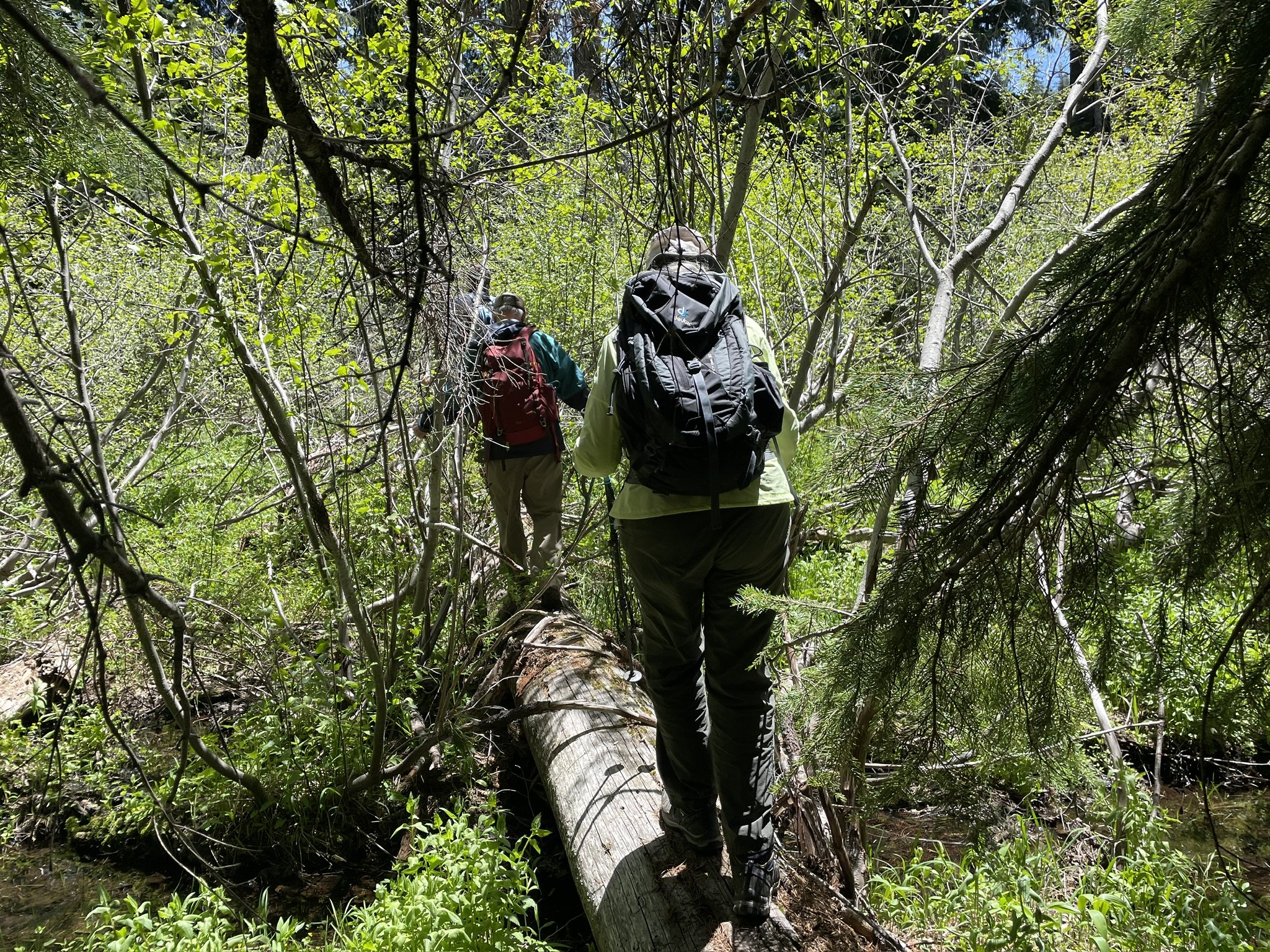


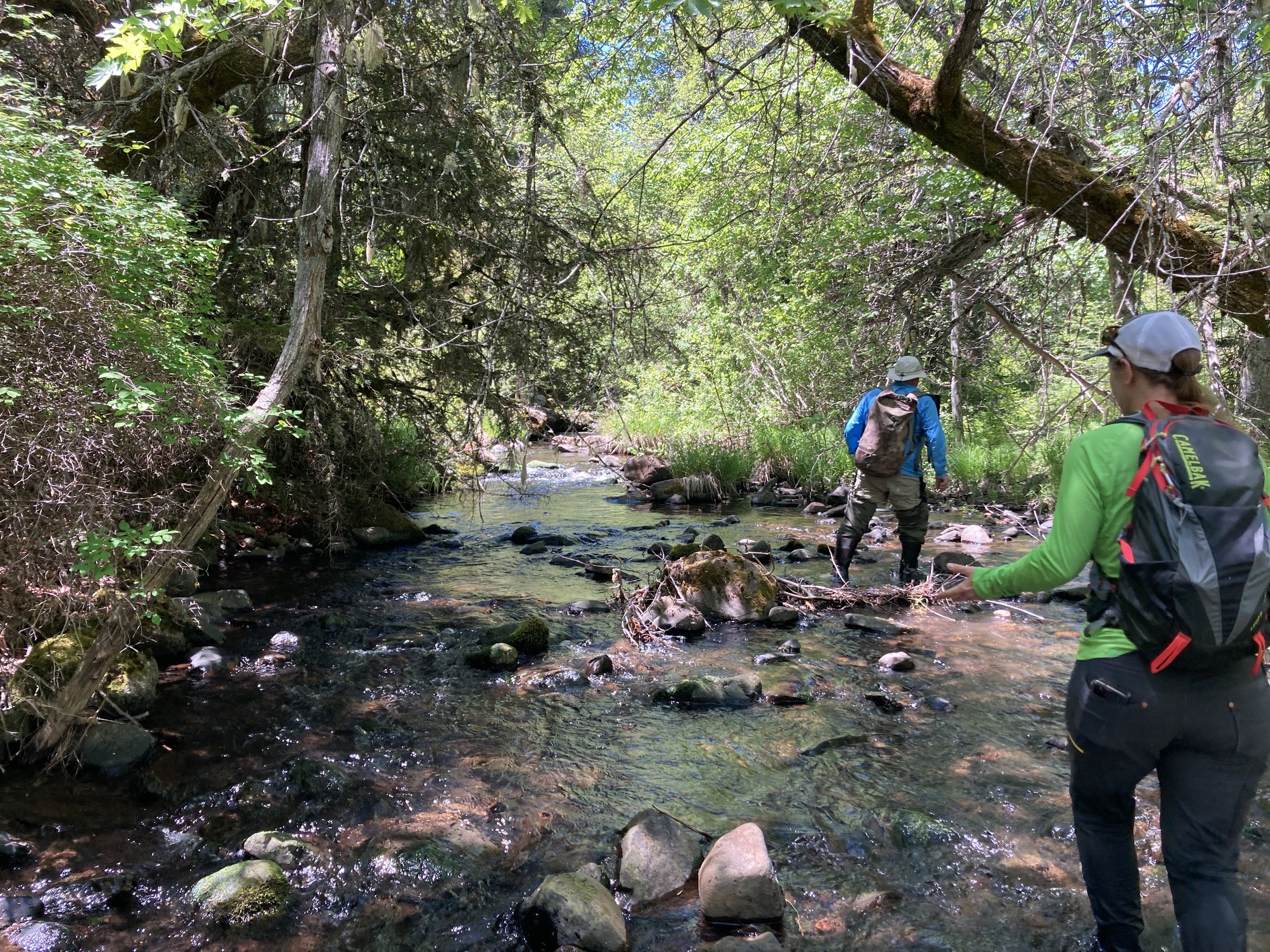
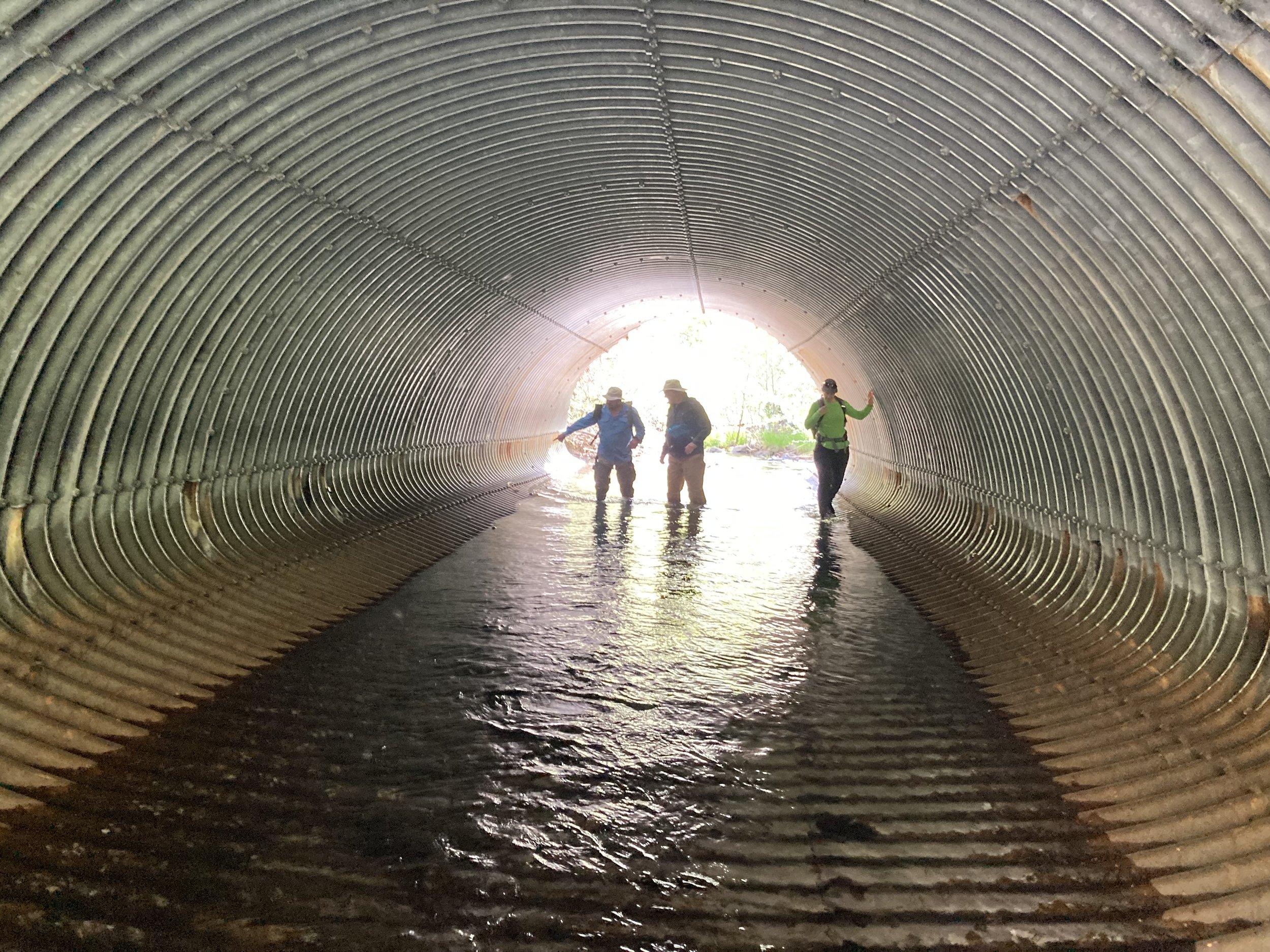

As with every challenge though, there are people and organizations willing to meet it head-on. One of these organizations in Southern Oregon is Project Beaver, a nonprofit that works to nourish a world where humans partner with beavers for the resilience of our planet. Led by their executive director, Jakob Shockey, Project Beaver with input from the Bureau of Land Management (BLM) created the Beaver Management Plan for the Cascade-Siskiyou National Monument. In the plan, a strategy is laid out for attracting and retaining beavers in the landscape through the use of riparian restoration techniques. In order to most effectively focus restoration efforts, it is important to have an accurate baseline for where beavers are (and where they are not) and what they are currently doing. This is where the Friends of Cascade-Siskiyou National Monument and the Beaver Scavenger Hunt came in.
From Pinehurst School, we organized small teams of 3-5 people dispersed to pre-selected sites chosen for historic and present beaver habitat suitability. Armed with data collection tools, they searched approximately 12 miles of waterways through dense vegetation, precarious slopes, and uneven ground. Walking along a riparian corridor is very different from an established trail. While many aspects are more difficult, such as bushwacking and dealing with deep, incised streambeds, the benefits are an unparalleled view of the wildness of the Monument. As Jakob Shockey said “Rarely do grown-ups have an excuse to spend all day playing in the water looking for beaver sticks, let alone 50 of them.”
Once everyone returned to Pinehurst in the afternoon, tired but refreshed by the beautiful weather and sense of accomplishment, we all gathered around to hear the discoveries that each group made. Building on previous riparian restoration efforts, including the installation of beaver dam analogs, teams reported fresh beaver signs in several key locations. In fact, some teams found so much sign that they were unable to complete their entire route as chewed sticks and stumps emerged from every bend in the creek. While this was not the case with every group, all reported on the beautiful forests and meadows they happened across including impressive old growth trees in some locations as they ventured off the beaten path.



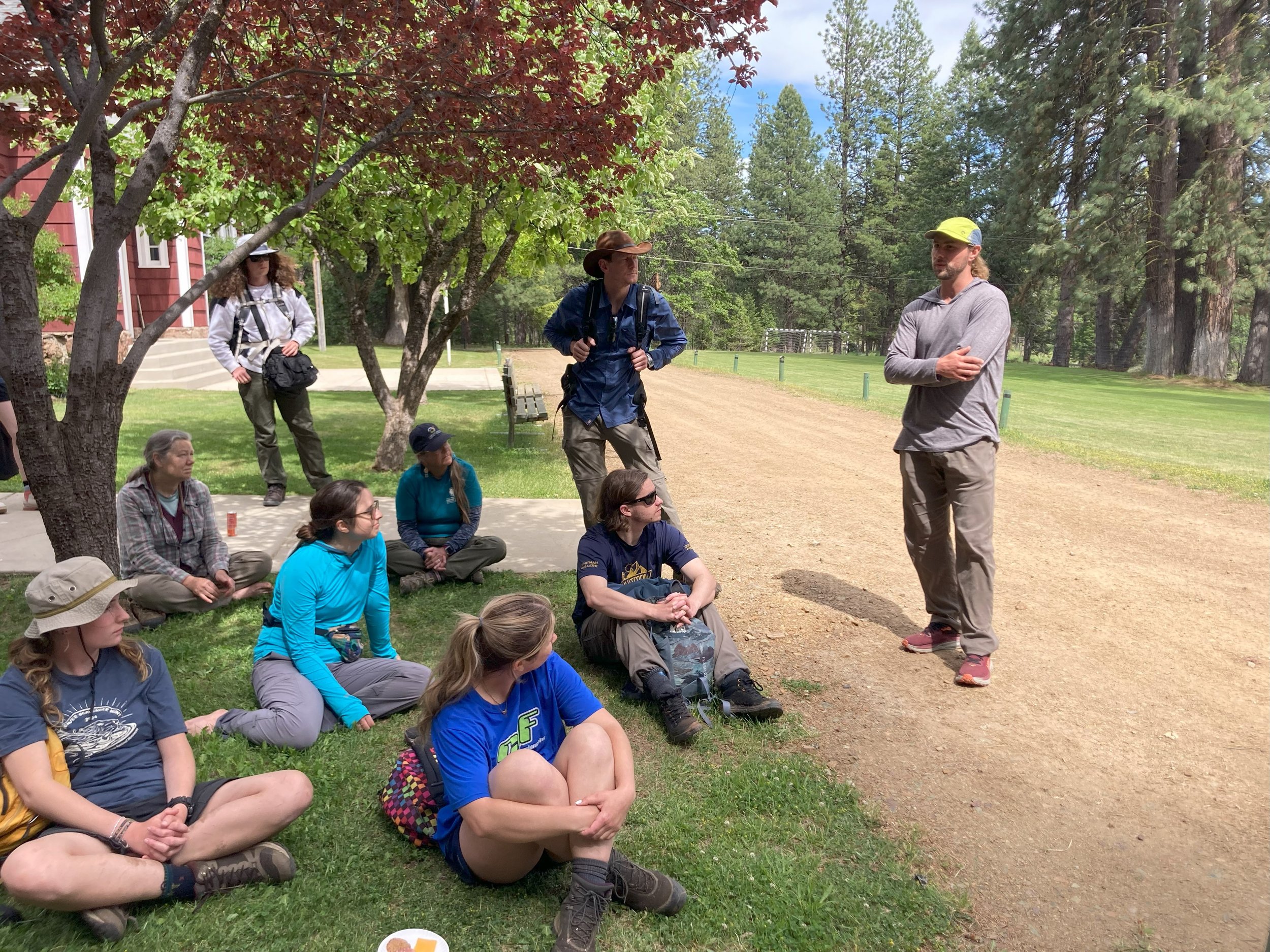


The data collected was sent to Project Beaver where it is being reviewed and will directly impact future collaborative and process-based restoration to put beavers in charge of the Cascade-Siskiyou National Monument’s waterways once again. While it was heartening to find fresh sign, there is still a long way to go as the number of beavers in the Monument pales in comparison to what is needed to revive our riparian areas and reap their benefits. There has been recent legislative progress to protect beavers in Oregon, but it is still legal to hunt and trap them within Monument boundaries. The Beaver Scavenger Hunt is just step one in a long-term, collaborative effort to help beavers do what they do best to the benefit of us all.
While the Beaver Scavenger Hunt was a huge success, that still leaves the question of what is next. We at the Friends are continuing to center the stewardship of our riparian areas as we look toward the future and the implementation of projects to make the Monument a refuge for beavers and all the biodiverse creatures that call it home. We will continue to collaborate with other organizations taking part in process-based restoration projects and carrying out the Beaver Management Plan. Stay tuned for more adventures in the Monument to look for the fruits of our labor –and maybe a chance to play in the water!
